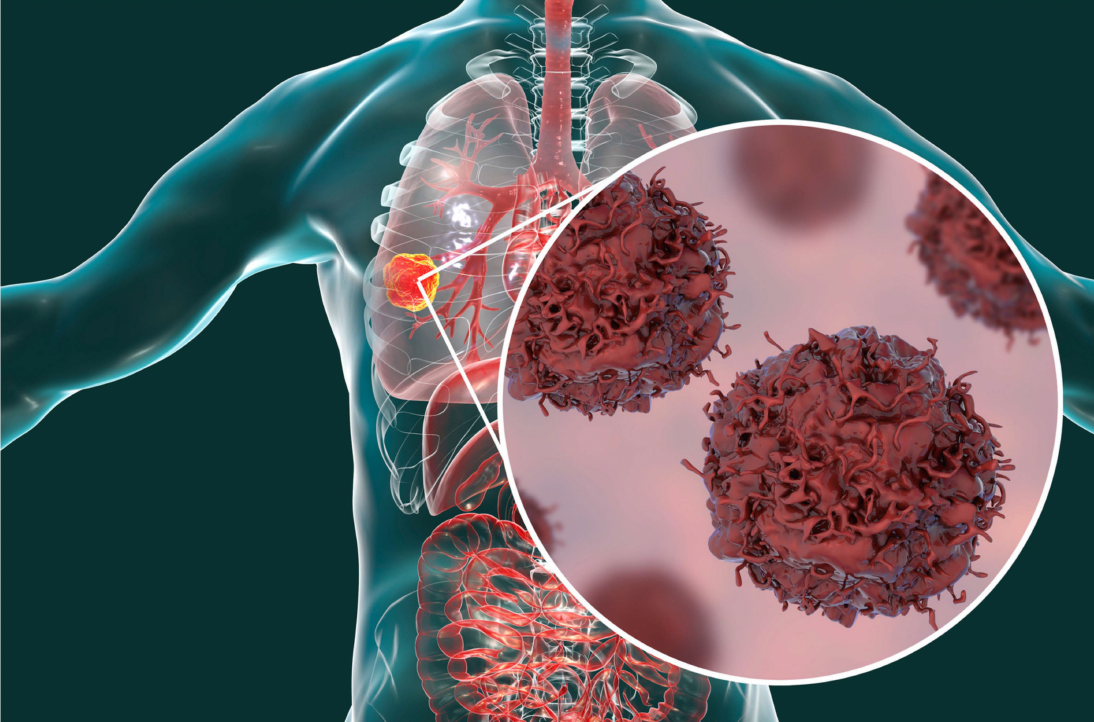Exploring the Therapeutic Potential of PTPN Families in Lung and Digestive Cancers
DOI:
https://doi.org/10.52243/bptjm.v3i2.49Keywords:
PTPN, phosphatase, digestive cancer, lung cancer, tumor promoter, tumor suppressorAbstract
Protein phosphorylation and dephosphorylation are pivotal in regulating protein activity. Two key players, protein tyrosine kinases and protein tyrosine phosphatases (PTPN), especially non-receptor PTPNs, exert opposing influences in this process. While all PTPNs dephosphorylate substrates, their impact on different cancers varies. Some act as tumor suppressors in specific cancers, while in others, they may function as tumor promoters. This review focuses on comprehending the roles of PTPNs in lung and digestive cancers. Notably, lung cancer ranks as the third most common cancer in the United States, with around 200,000 new cases reported annually. Despite declining rates in the US, stomach cancer remains a major cause of cancer-related deaths worldwide. The objective of this review article is to elucidate the functions of PTPN1, PTPN2, PTPN3, PTPN6, PTPN11, PTPN12, and PTPN13 in lung and/or digestive cancers. Emphasis is placed on exploring their potential as prognostic markers or therapeutic targets.
Downloads






